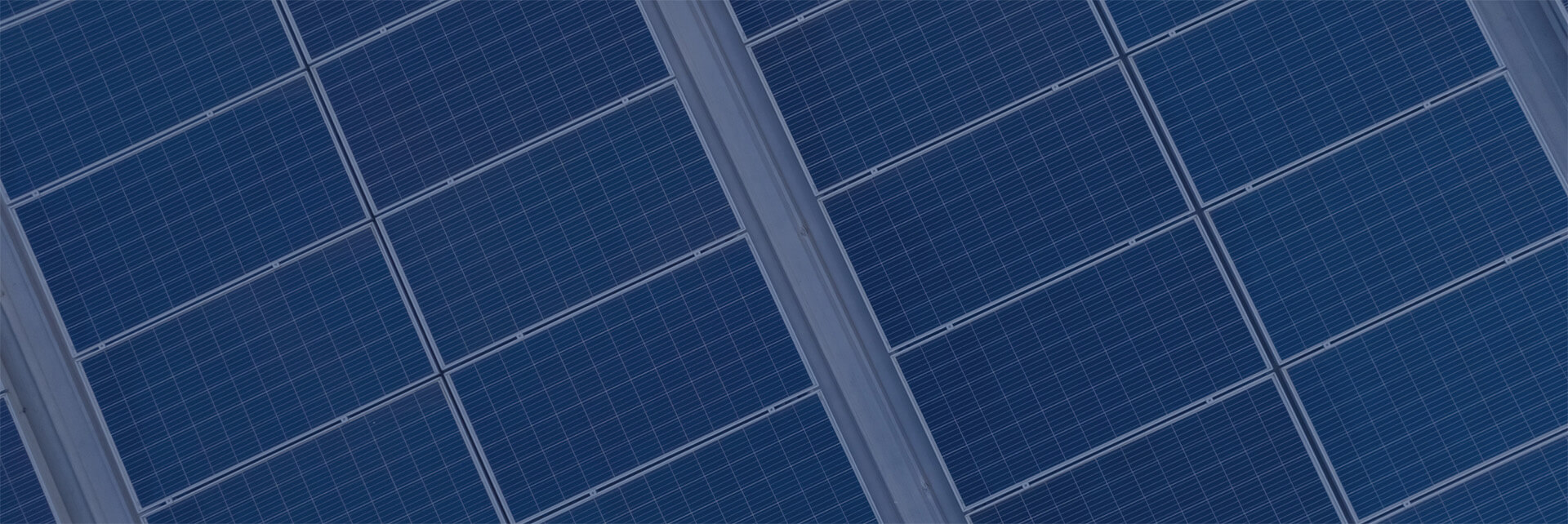Economics is a very dangerous science.
John Maynard Keynes
Is this going to be a lesson on economics? Heck no. There are lots of places you can learn about economics and, in particular, the economics of capital investments. Go ahead; Google it. You can learn all about Net Present Value (NPV), Internal Rate of Return (IRR), discount rate, interest rates, capital efficiency, and a host of other impressive sounding concepts. Here’s a source I found with only a few tries; and another; and another. Rack up a collection of your own.
But when we’re asked about the economics of a clean energy system, the question almost always involves the word ‘payback’, as in “What’s the payback of this solar energy system?” As with many answers, the devil is in the details BUT, fear not, for there is one detail, in particular, that overrides others in terms of understanding payback in our scenarios. Let’s explore.

Payback is a unit of time that corresponds to the point at which a series of inflows (money coming in) matches an initial outflow (money going out). For example: If a $1000 investment saved you $100/year, it would take 10 years to balance the $1000 initially spent. (ie 10 x $100 = $1000). The payback, in this simple example, would be 10 years. Let’s keep it simple and explore this payback a bit more.
In the case of a solar energy system the outflow is pretty well understood: This is the cost of the system including all initial costs like parts, labour, permits, etc and ongoing costs like insurance and preventative maintenance. (See our article on system costs for a more detailed breakdown.) But what are the inflows? For a net metered solar energy system the inflows are avoided costs. By generating your own electricity, you are avoiding the cost of buying that electricity from the grid. So your avoided cost is the cost of grid electricity, or, in other words, the value of your generated electricity is equal to the value of grid electricity at the time you’re not buying it. Make sense?
So what is that value? Great question and one I’m not going to answer! Because regardless of the value of 1 kWh of electricity today, we can be confident that it’s going to change. Over the past handful of years, the price of electricity doubled, then become very volatile. So if the value of your inflows (the avoided cost of electricity) is changing over time, how do we calculate payback? If we know what the changes will be, we can work it into the calculation but we don’t know what’s going to happen to the price of electricity! Will it go up 5% per year? 2%? 8%? We call this rise in electricity pricing ‘escalation’. When we calculate payback, we have to decide what the escalation will be. If we assume a high escalation, payback will be shorter (a smaller number of years). If we assume a low escalation, payback will be longer (a larger number of years).
Remember that the original question was “What is the payback of this solar energy system?”. The answer depends entirely on what we assume the escalation will be of the cost of grid electricity. How do we predict escalation? We could listen to pundits; we could look at historical data; we could look at the Ontario Long Term Energy Plan (which the Ford government has stopped publishing); or we could listen to what our politicians are telling us. But none of these will give us a consistent answer. So what do we do?
This answer is simple: Don’t use payback as a criteria.
Instead, use Levelized Cost of Energy, or LCOE.
Before you head off to the LCOE article, consider this: For what other major buying decisions do you use payback as a criteria? Buying a house? A car? A vacation? A renovation? I’d speculate the answer is ‘none of the above’. These decisions all involve a wide variety of costs and benefits, both tangible and intangible. Generating your own clean energy is no different, and should be judged not only on its comparative cost vs grid electricity (which is where LCOE comes in), but also on all its benefits.
